By Jessica Steinberg – In very few places other than Hong Kong and China is a geoduck hot pot a thing. While foodies are prepared to pay HKD400-HKD800 here, a single dish can go for as much as HKD2,300 in mainland China. So what’s all the fuss about?
Perhaps the geoduck’s vivid sexual appearance, which is said to resemble masculine genitalia (we wouldn’t know), or the exotic rarity of this clam has allowed it to get along just fine with its nonexistent marketing campaign.
Hong Kong food fiends have globalisation to thank for the abundance of geoduck (pronounced “gooeyduck”) here.
Imported from the northwestern coast of North America – Oregon, Washington State, Alaska and British Columbia – the geoduck is found deep beneath those distant coastal sand beds. Hence its original Native American name, “gweduc”, which the Nisqually Indian Tribe would have translated to “dig deep.”
As tides retreat, diggers and divers rudely unearth the world’s largest burrowing clam. Down below the ocean floor, these “king clams” can grow huge over time, with some weighing up to seven kilograms. Protruding from its shell-protected body, a goeduck’s siphon can reach a metre or more in length.
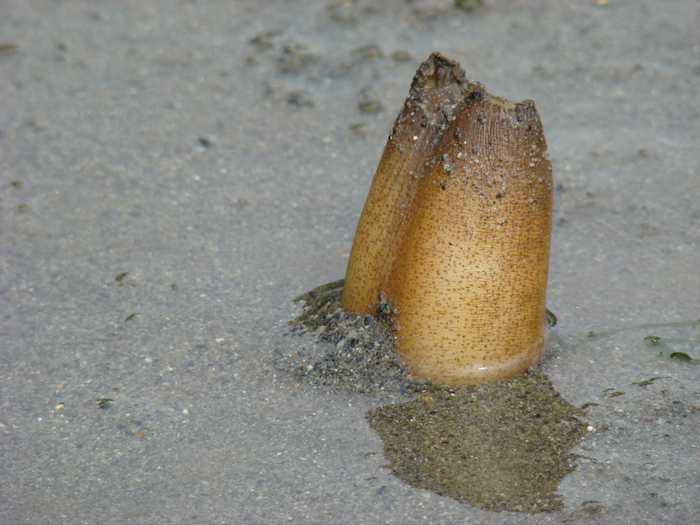
This type of clam species is also exceptional in its longevity. Geoducks can live for more than a century, with the rings on its outer shell, similar to those on a tree trunk, betraying their age.
Fortunately for hungry Hongkongers, we don’t have to wait 100-plus years for this delicious savoury dish to reach our plates. The clams are only grown for around six years in the farming process.
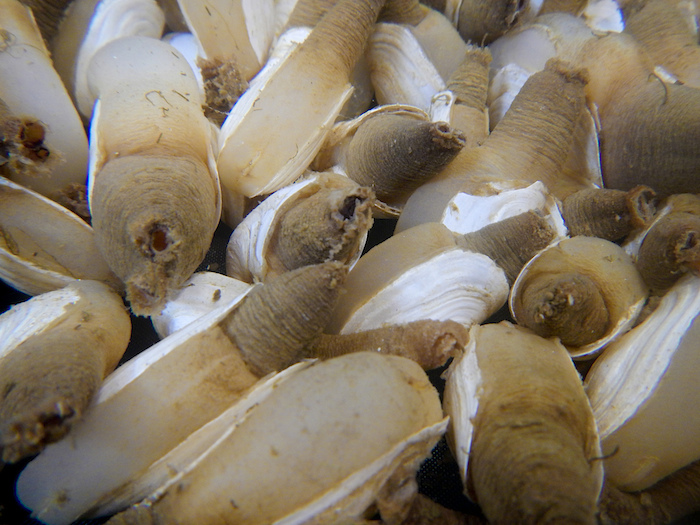
Nonetheless, the geoduck’s relatively long breeding process has not decreased their profitability. A multimillion international industry is testament to that.
And although they may not be harvested around our Hong Kong’s body of water, the seafood is transported live and sold from tanks in the many of the city’s restaurants.
Hong Kong’s love affair with the geoduck clam officially went “on a break” in December 2014, however, when the city slapped a ban on the importation of geoducks from British Columbia. A paralytic shellfish poison toxin was found in a batch of geoducks harvested there, and due to this toxin’s adverse health effects – such as vomiting, numbness, burning sensations, diarrhoea, psychological impairments or even death – Hong Kong, quite rightly, halted those specific trade relations.
Since Hong Kong makes up the majority of British Columbia’s geoduck exportation, the embargo hit the Canadian industry hard and there was much pressure to lift the ban.

Finally in May, after five months of a strained long-distance relationship, the harvesters were able to rekindle their special friendship with Hong Kong. The big bucks were back on the table, and this phallic dish was in abundance once again.
Geoducks are a versatile ingredient, both in name and preparation. While the Chinese call them the “elephant trunk clam,” others refer to them as (our personal favourite) “horse penis clam.” It’s no wonder many consider them an aphrodisiac.
And there may be some truth in that claim. In 2005, team of American and Italian researchers found geoduck clams to be rich in amino acids that trigger increased levels of sex hormones. Their high zinc content also aids the production of testosterone.
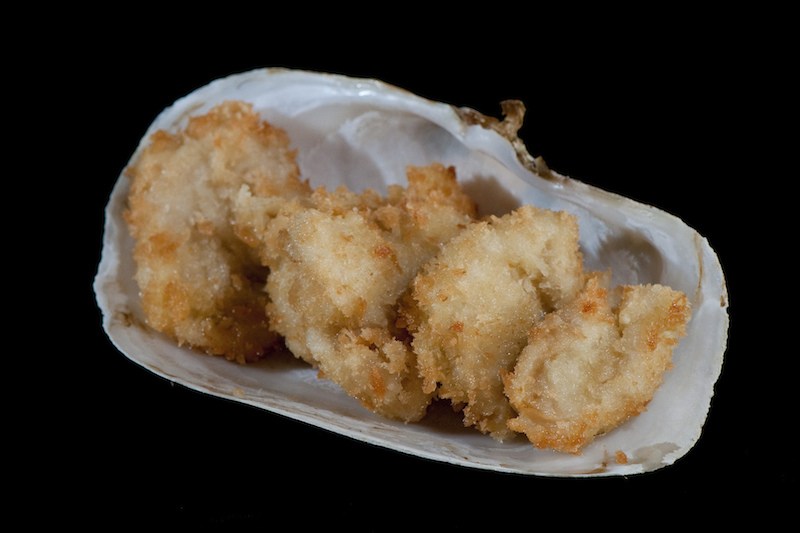
No matter how they are served – raw, seared, sautéed, as sushi, in soups or hot pots – the clams promise to awaken your sensory faculties with each bite. The nose inhales the fresh kick of the ocean; the mouth is immersed slippery tenderness when the meat is raw and crispness when cooked; the ears are enveloped in “crunch-crunch, yum” as consumers scoff their spoils. And the eyes… oh the eyes!
It’s not necessary to make the geoduck your new mascot – as Evergreen State College did for some insane reason – nor would we suggest you make it a staple in your diet. But if you’re willing to a splash out a little and try something new, give the geoduck a go.
Perhaps add it to your bucket list of weird looking things to put in your mouth.

Convinced? Here’s a few places to try geoduck clams in Hong Kong:
Nan Hai No. 1
30/F, iSQUARE 63 Nathan Road, Tsim Sha Tsui, Kowloon, (+852) 2487-3688, nanhai@elite-concepts.com.
Wai Kei Seafood Restaurant
G/F, 3-4 First Street, Sok Kwu Wan, Lamma Island, (+852) 2340-9321.
Loaf On
49 Market Street, Sai Kung , (+852) 2792-9966.
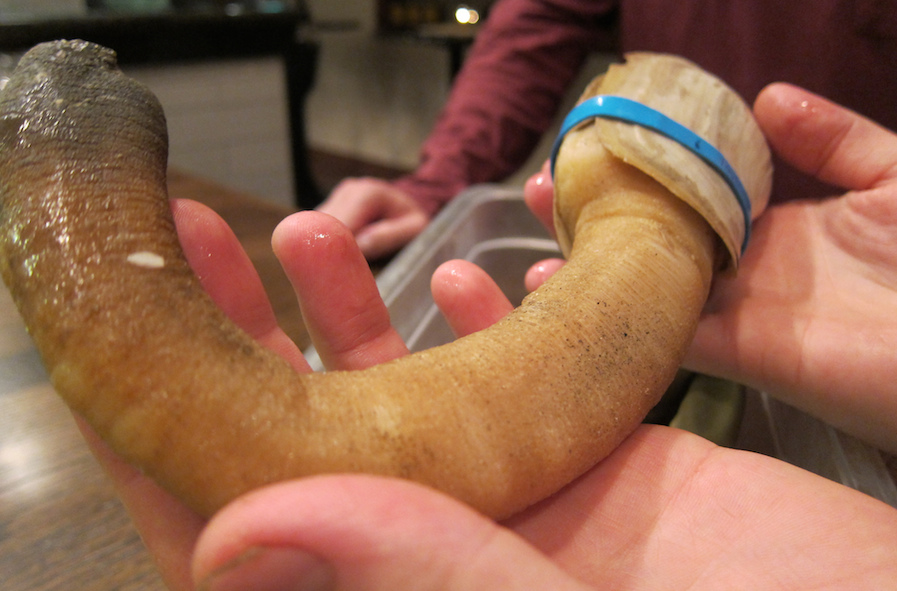

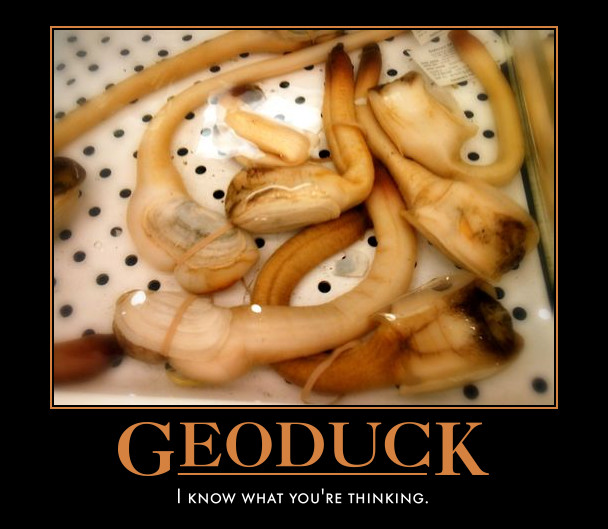



Reader Interactions